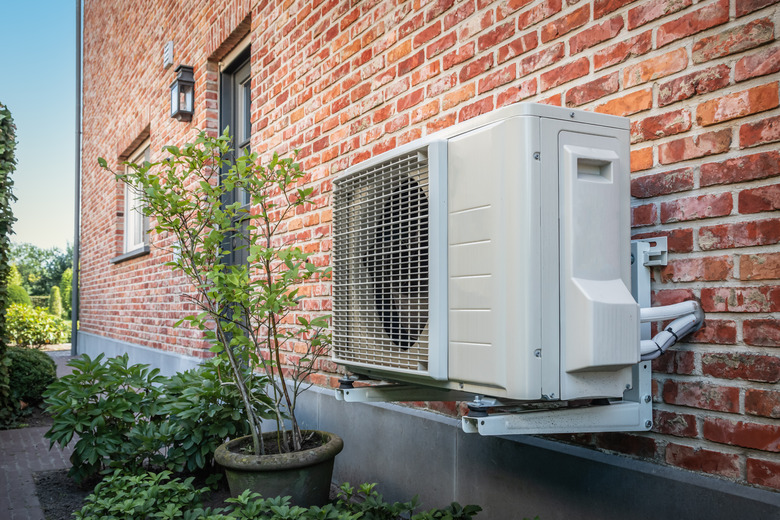The Biden Administration Wants To Lower Energy Bills For Families This Winter: Here's What To Know
Earlier this week, the Biden administration announced they would be taking multi-billion dollar steps to help families cut costs on heating their homes this winter. Among the initiatives laid out were $4.5 billion in increased funding for the Low-Income Home Energy Assistance Program (LIHEAP), $9 billion in state allocation funding to make homes more energy efficient through the Inflation Reduction Act, and increasing manufacturing on heat pumps.
So, what exactly does this mean for your household — and more importantly, how do you get the money? Here's what to know.
Inflation Reduction Act State Allocations Are Official
Inflation Reduction Act State Allocations Are Official
With this week's announcement, states and tribes now officially know how much funding they will receive for home efficiency programs through the Inflation Reduction Act (IRA), which is a law that invests in clean energy and other efforts to combat climate change. Some of this money is given to homeowners and renters through direct rebates and tax deductions for new energy-efficient appliances and vehicles as well as home energy upgrades.
The U.S. Department of Energy is allocating $9 billion in funding for tax credits and upfront payments so that families can purchase or upgrade heating appliances and systems to more eco-friendly, electrical ones. In other words: States can now officially plan how they are going to divvy up IRA funds to families for home items like:
- heat pumps (this is of particular importance to the administration for lowering heating bills)
- electrical panel upgrades
- heat pump water heaters
- heat pump clothes dryers
- rooftop solar panel installation
- whole house energy reductions
- electrical stoves
So, how much will each state receive? Sam Calisch, a special products lead at Rewiring America, a nonprofit that provided data and research to lawmakers for the IRA, says it's just a simple formula: "One-third of the money will be equally divided among the states, another third of the money will be divided on the basis of population, and the final-third will be divided based on energy consumption," he tells Hunker.
As far as when the funds will be available to households, the tax credits will be available starting January 1, 2023 (with the exception of rooftop solar installation and geothermal heating installation credits, which are available now). However, the direct discounts on appliances and electrification upgrades for low- and moderate-income families still don't have an exact date they will be available, though Calisch tells Hunker he expects this to be sometime in early 2023.
Ultimately, the hope is that this will save families major dollars on heating their homes this winter with rising costs and increasing weather events.
"In the face of rising fossil fuel prices from geopolitical events and supply chain shocks, electricity remains stable and continues to provide the lowest cost of heating," Calisch tells Hunker. "Heat pumps [particularly] are a cost abatement measure. Though it feels like a major upgrade, we want to encourage people to be taking the steps, and we're thrilled there's going to be assistance in the form it was announced."
Tip
To see what point-of-sale discounts and tax credits you qualify for through the IRA, look at Rewiring America's Inflation Reduction Act calculator, which will also give you updates on how to receive the funds when available.
LIHEAP Will Help Low-Income Families Make Home Energy Improvements
LIHEAP Will Help Low-Income Families Make Home Energy Improvements
In addition to announcing the state allocations for the IRA, the Biden administration also said they were increasing funding to the Low-Income Home Energy Assistance Program (LIHEAP). This program helps to decrease heating costs for low-income families, but with this new $4.5 billion infusion, the administration aims to assist families make cost-effective home energy repairs to lower their energy bills.
"This is really important because, particularly in these households, you can't plop a new heat pump in place after 10 years of deferred maintenance for the heat pump to work effectively," Calisch tells Hunker.
To receive LIHEAP funds, you must contact your state or tribal LIHEAP office, who can assist you with documentation and determining how much money you qualify for.
